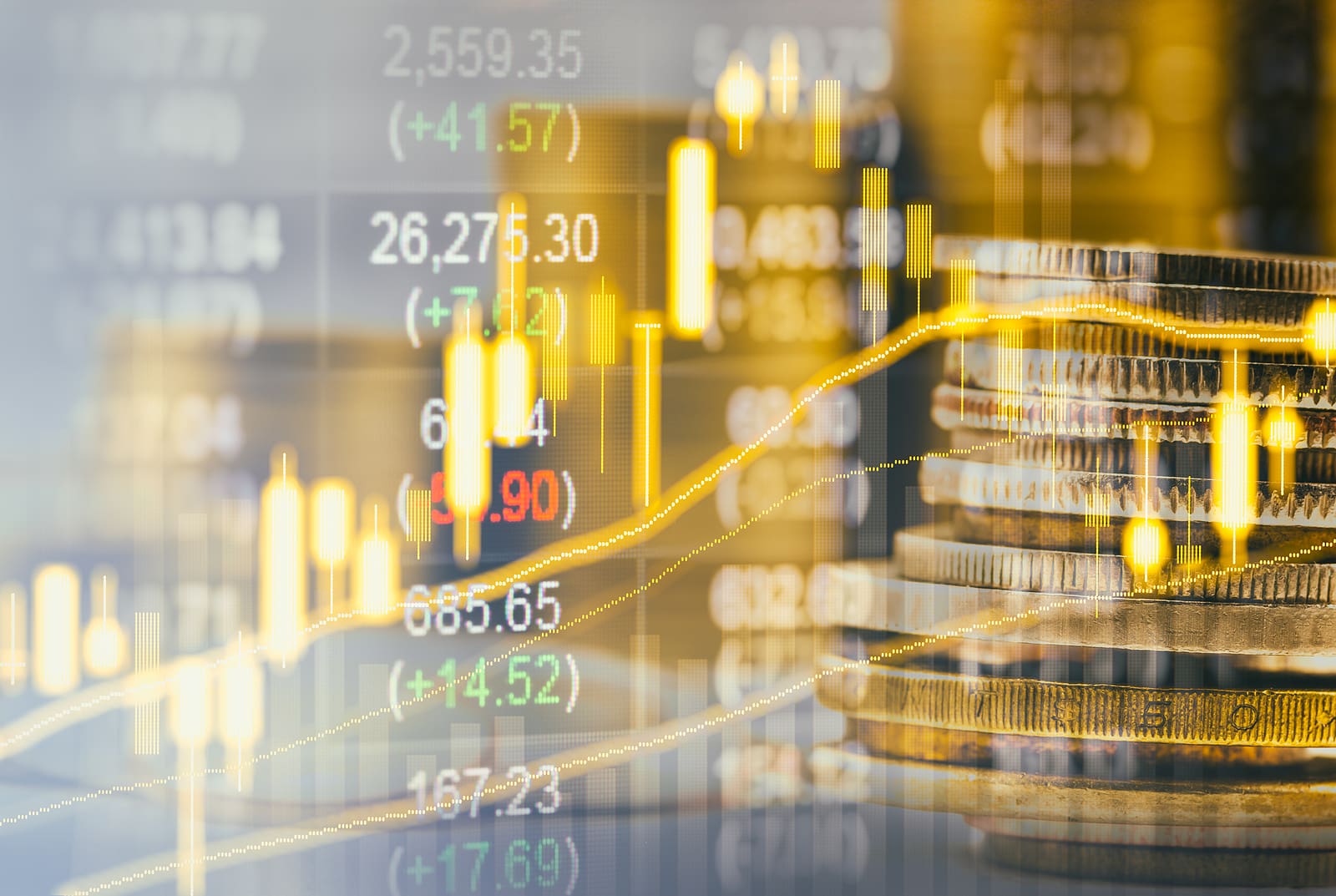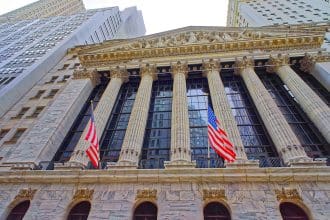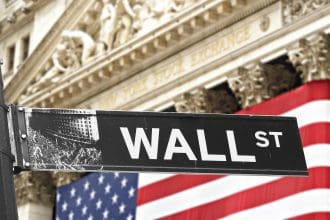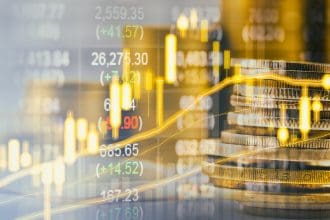Global Financial Markets Look Ahead: What Investors Anticipate and Hope For
ST. LOUIS, MO (STL.News) Global Financial Markets – Global financial markets are moving into the final months of 2025 with a mix of caution and optimism. Investors, policymakers, and institutions worldwide are navigating an economic landscape marked by monetary policy uncertainty, political turbulence, technological transformation, and shifting global trade patterns. While the tone in recent months has tilted toward guarded optimism, the underlying message remains clear: markets are balancing what they anticipate will happen with what they hope will unfold.
This article examines both sides of the equation, breaking down what financial markets currently anticipate and what they are expecting in the year ahead.
Global Financial Markets – Central Banks: Rate Cuts and Inflation Control
One of the most significant themes in global finance remains the path of interest rates. After a period of aggressive tightening to fight inflation, markets are now pricing in moderate rate cuts from the U.S. Federal Reserve—between 50 and 75 basis points by year’s end. Similar expectations exist in Europe and parts of Asia, though the timing and scale vary.
The anticipation is rooted in two forces:
- Inflation has cooled from its multi-year highs but remains stubborn in some sectors, such as housing and services.
- Economic growth is slowing, making higher borrowing costs more painful for businesses and households.
Markets hope central banks will thread the needle—cutting rates enough to stimulate growth without reigniting inflation. A “soft landing” scenario remains the dominant hope, one where inflation returns to target levels without tipping major economies into recession.
Global Financial Markets – Investor Sentiment: From Fear to Cautious Optimism
For much of the past three years, investors have been on edge about recession risks, banking instability, and geopolitical shocks. But sentiment surveys in mid-2025 suggest a turning point. A recent Bank of America fund manager survey revealed that cash allocations are at record lows, indicating that investors are putting their money back to work. Allocations to emerging markets, energy, and European equities are increasing.
What markets anticipate here is continued volatility, especially around elections, fiscal debates, and trade disputes. What they hope for is a sustained upswing in risk assets, underpinned by earnings growth and a global recovery that is not derailed by political shocks.
Global Financial Markets – Geopolitics: The Unpredictable Wildcard
No market outlook can overlook the volatile geopolitical environment, which remains a key factor. Tariff battles, trade policy uncertainty, and questions about central bank independence in major economies all weigh heavily on markets. Investors anticipate more short-term volatility tied to headlines, particularly involving U.S. elections, eurozone politics, and Middle East tensions.
At the same time, markets are hoping for clarity and stability. A reduction in trade frictions, more predictable policy environments, and improved global cooperation on energy security could unlock growth opportunities. But in the current climate, those hopes are fragile.
Global Financial Markets – Global Growth Outlook: Moderate but Uneven
Economists project moderate growth in 2025, with estimates near 5.8% globally. Yet that growth will not be evenly distributed. Emerging markets, such as India and parts of Southeast Asia, are expected to expand robustly. At the same time, Europe and Latin America may face more sluggish conditions due to structural challenges, high debt levels, and persistent inflation.
Markets are anticipating this unevenness and have already started rebalancing portfolios accordingly. What they hope for is that the stronger growth in emerging markets will provide a counterweight to weakness in more developed regions, keeping the global economy out of recession.
Global Financial Markets – Debt, Demographics, and Structural Risks
Behind the short-term market optimism lies a set of long-term concerns. Nobel economist Nouriel Roubini and others have warned about the risks associated with high sovereign debt, aging populations, and stagflationary pressures. These structural issues could cap growth potential and make economies more vulnerable to shocks.
Markets anticipate these risks will remain a drag, requiring governments and businesses to adapt. However, they hope that innovation, technology, and policy reforms will help offset some of these headwinds, creating new sources of productivity.
Global Financial Markets – The AI and Productivity Boom: A Central Hope
Perhaps no theme excites investors more than the potential of artificial intelligence (AI). Global financial institutions see AI as a transformative force capable of reshaping industries, improving productivity, and driving corporate earnings. U.S. equities in particular have been buoyed by this narrative, with technology firms leading market rallies.
Markets anticipate that AI adoption will be uneven and subject to regulatory scrutiny. But they hope that AI will serve as the engine of a new growth cycle, providing the kind of productivity boom that can keep inflation in check while raising living standards and supporting equity valuations.
Global Financial Markets – Energy and Commodities: Oil, Gold, and Beyond
Another focal point is the commodity markets. Oil, underowned by global investors, could rally strongly if growth accelerates, particularly in emerging markets. Meanwhile, gold has gained prominence as central banks worldwide continue to diversify away from the U.S. dollar. In the first quarter of 2025, global central banks purchased more than 240 metric tons of gold, underscoring its role as a safe-haven asset.
Markets anticipate that commodities will remain volatile, influenced by geopolitics and supply chain disruptions. But they hope that energy investments will pay off in growth scenarios and that gold will continue to provide stability against inflation and currency shocks.
Global Financial Markets – De-Dollarization: A Shifting Currency Landscape
The trend toward de-dollarization—nations reducing reliance on the U.S. dollar in trade and reserves—is another theme shaping markets. BRICS nations in particular are exploring alternative settlement mechanisms. While the U.S. dollar remains dominant, its grip is loosening at the margins.
Markets anticipate gradual diversification in global reserves. They hope this transition is orderly, without sparking significant financial instability. For investors, this trend makes gold, commodities, and select emerging market currencies increasingly attractive.
Global Financial Markets – Portfolio Strategy: The Return of the 60/40
For years, the traditional 60/40 portfolio—comprising 60% equities and 40% bonds—was considered outdated. But with expectations of falling interest rates, bonds are becoming more appealing again. This has prompted a quiet revival of the 60/40 strategy as investors look for balance between growth and stability.
Markets anticipate this approach will be tested if inflation proves sticky or if growth stalls. They hope it can provide a stable anchor for long-term investors, offering both upside potential and downside protection.
Global Financial Markets – Risk Appetite: From Bonds to SPACs
Events like Invest Fest 2025 reveal that risk appetite is returning. Investors are again showing interest in bonds, equities, and even specialized vehicles like SPACs. This renewed enthusiasm reflects hope that the global economy is entering a new cycle of expansion, where risk-taking is rewarded.
The anticipation, however, is that volatility will remain high and that risk assets could face setbacks if growth or policy surprises disappoint.
Global Financial Markets – A Tale of Two Outlooks: Anticipation vs. Hope
To better understand where markets stand, it helps to separate anticipation from hope:
| Anticipating (Cautious) | Hoping For (Optimistic) |
|---|---|
| Fed rate cuts of 50–75 bps | A global boom driven by emerging markets & AI |
| Short-term tactical investing | AI-led productivity surge |
| Political volatility & policy risks | Oil rally as an under-owned asset |
| Moderate, uneven global growth | Eurozone and EM equity leadership |
| Debt and stagflation concerns | De-dollarization is fueling gold demand |
| Sticky inflation risks | Revival of 60/40 stability |
Global Financial Markets – Conclusion: Balancing Reality and Aspiration
The future of global financial markets is not being written in stone—it is being shaped by a delicate balance between what investors expect and what they hope will occur. On the one hand, there is realism: growth will be moderate, volatility will persist, and structural risks are unlikely to disappear. On the other hand, there is optimism: AI could spark a productivity boom, emerging markets could fuel global expansion, and a stable monetary environment could lift both stocks and bonds.
For now, markets are walking a fine line, cautiously optimistic but fully aware of the fragility beneath the surface. What investors are really hoping for is that 2026 will not just be about survival, but about growth and opportunity—and that the next economic chapter will be written with more stability and prosperity than the past few turbulent years have afforded.
© 2025 STL.News/St. Louis Media, LLC. All Rights Reserved. Content may not be republished or redistributed without express written approval. Portions or all of our content may have been created with the assistance of AI technologies, like Gemini or ChatGPT, and are reviewed by our human editorial team. For the latest news, head to STL.News.










